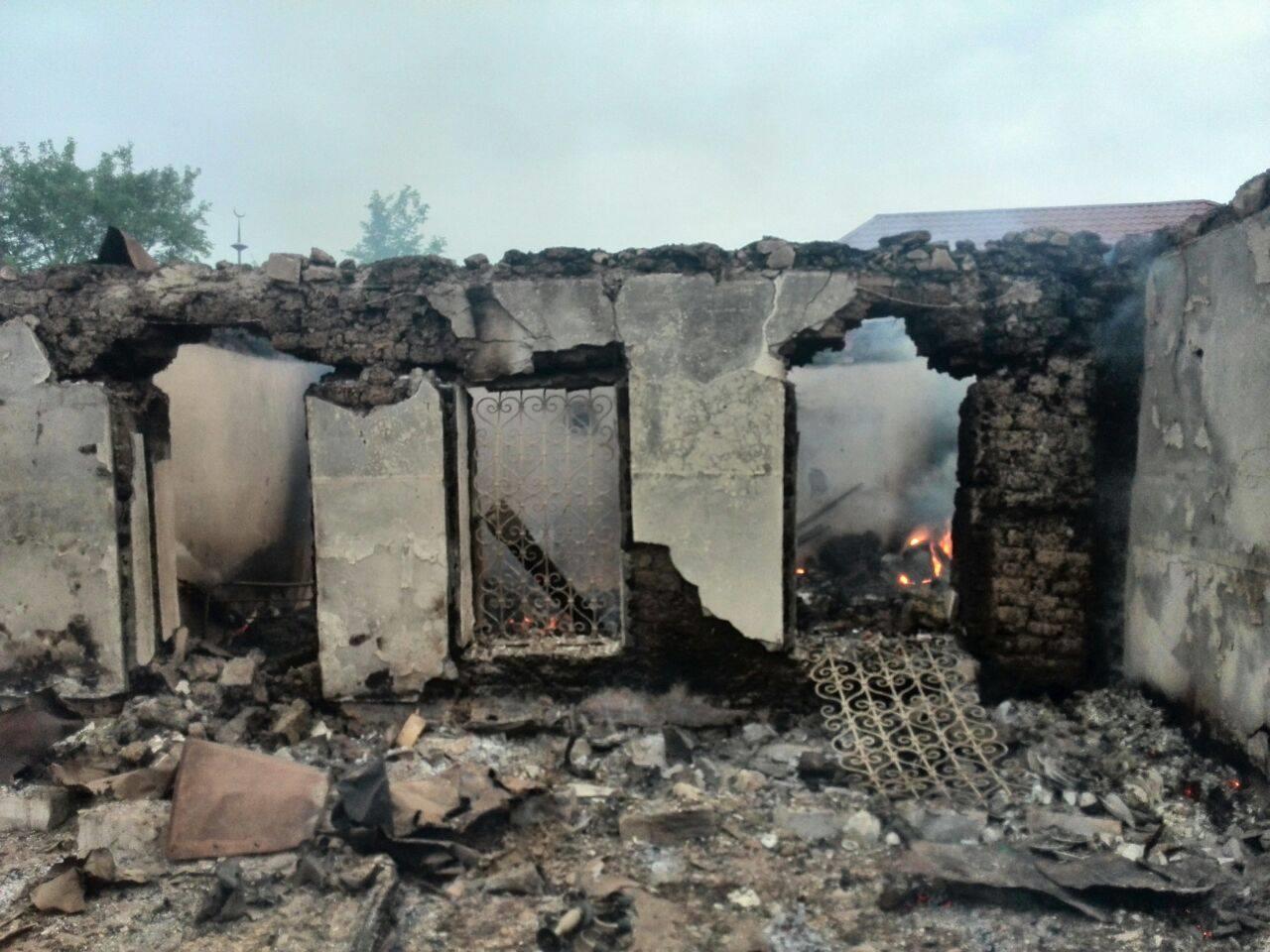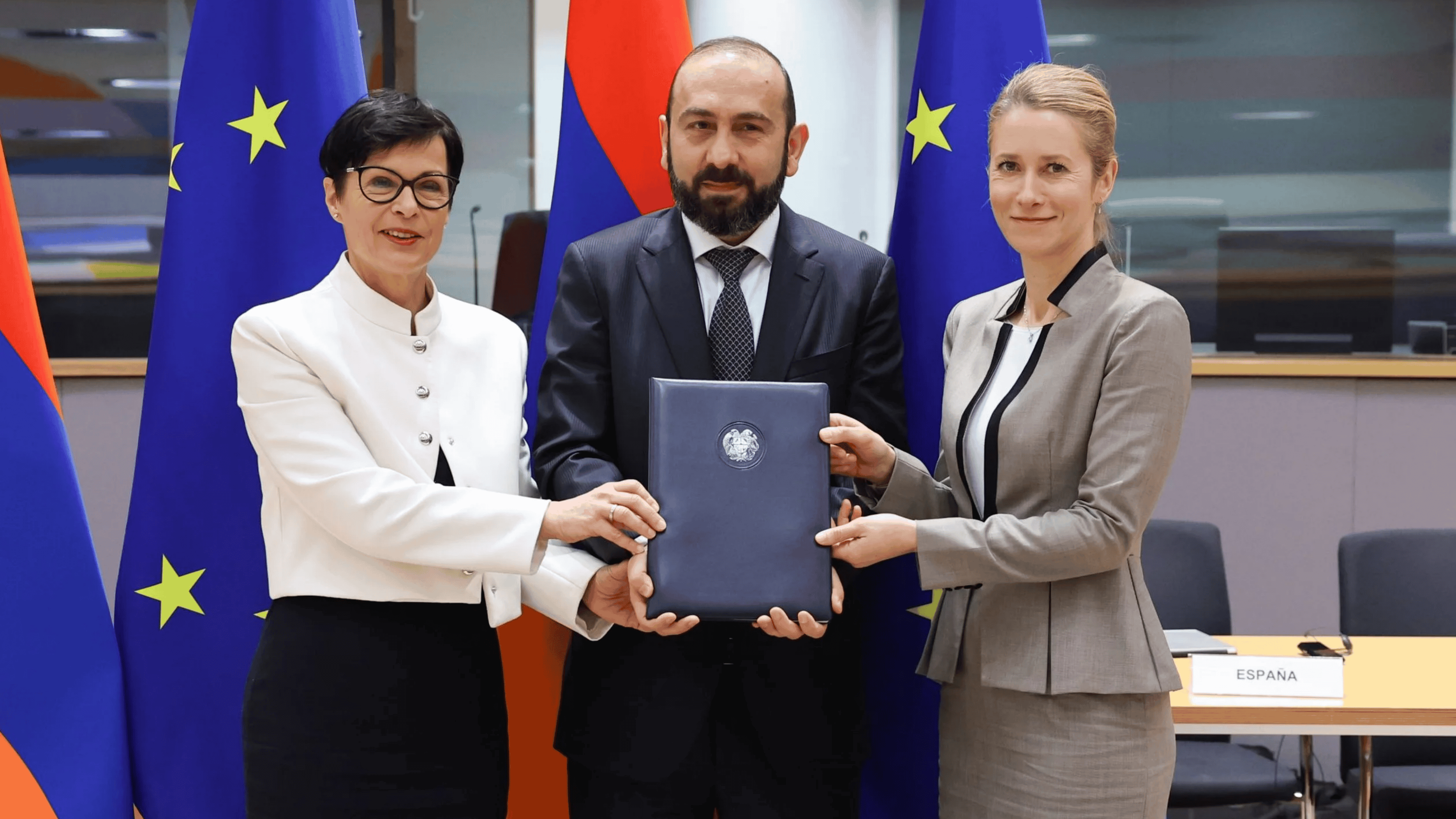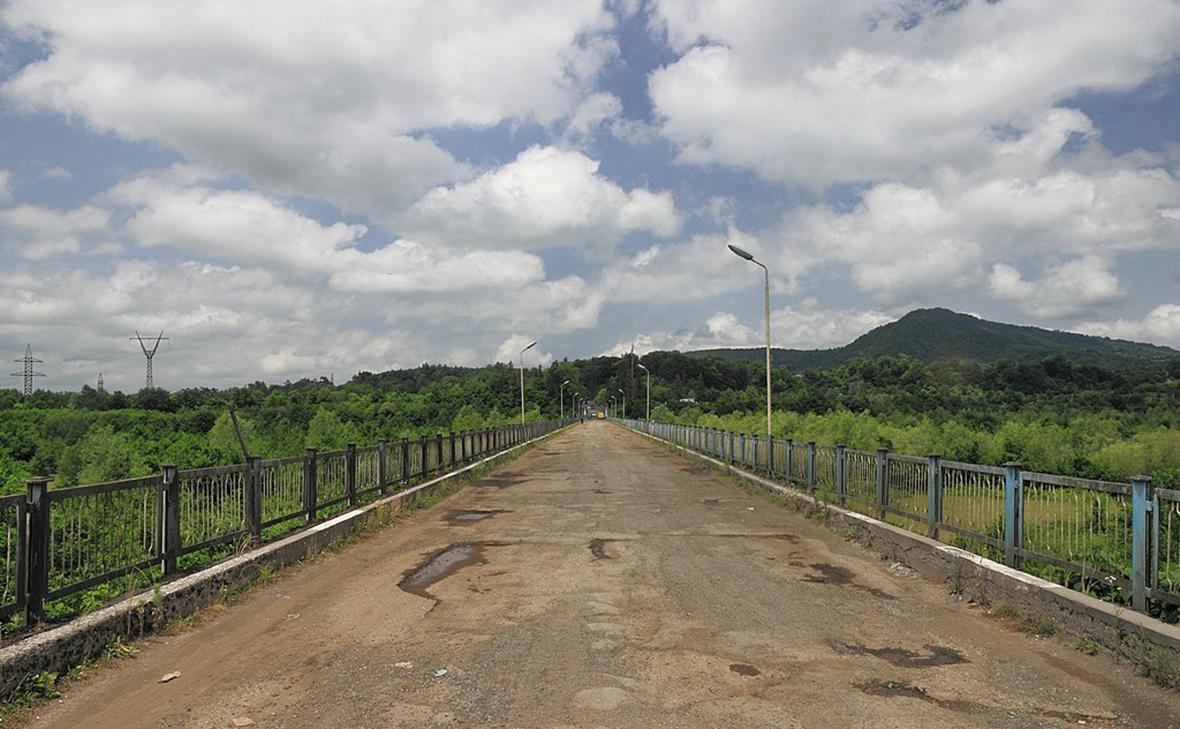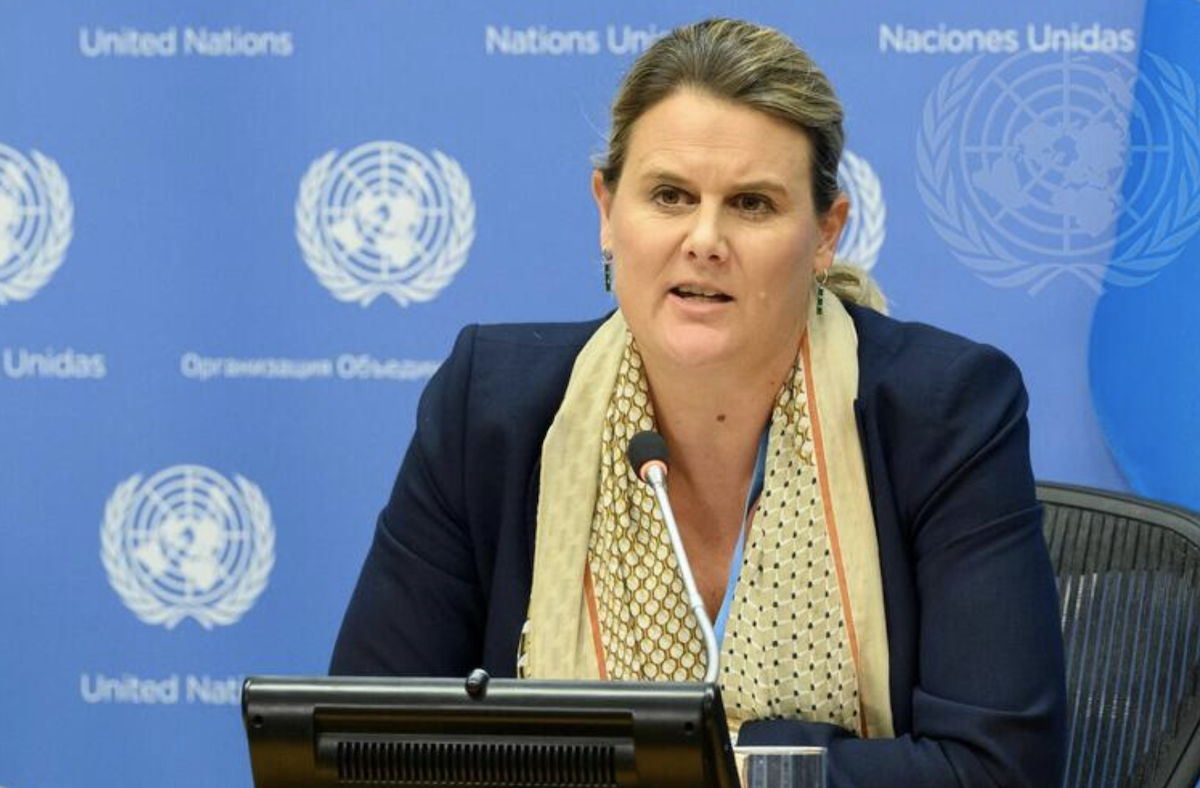Karabakh: what is the status quo?
Review of the developments in conflict zone from May 2 till May 3, 2016
Reports from Yerevan
News updates from verified sources
As the Armenian media has reported today with reference to the Nagorno-Karabakh Defence Army press service, the accumulation of military hardware and active movement could be observed in different locations along the contact line on the Azerbaijani side.
This situation has been assessed in Armenia as Azerbaijan’s preparation for a new stage of active hostilities.
Media outlets have been actively citing the Armenian Foreign Minister, Edward Nalbandian, who made the following statement at a meeting with his Finnish colleague, Timo Soini: «Azerbaijan is concentrating heavy weaponry and military forces along the entire line of contact, fueling its military rhetoric…thus preparing ground for new military attacks… It is high time for the international community to take concrete steps and call Azerbaijan to order.
Edward Nalbandian stressed that the Armenian side was committed to a peaceful settlement of the Nagorno-Karabakh issue and stated that to resume negotiations it was necessary to implement the OSCE Minsk Group mediators’ proposals:
• to probe into the incidents on the contact line:
• to guarantee the unconditional implementation of 1994 and 1995 ceasefire agreements.
Earlier, Armenian President, Serzh Sargsyan, had also stated about three conditions needed to resume the talks, including the need for the introduction of mechanisms to investigate ceasefire violations. The other two conditions are: the international community’s response on the issue and the guarantees of non-resumption of aggression on the part of Azerbaijan. “It is unreasonable for Armenia to get back to the negotiation table…without additional security guarantees, since the situation now is absolutely different…While we hold the negotiations, military officials would continue warfare, trying to resolve the conflict.
According to the Armenian Defence Ministry press service, the Azerbaijani armed forces violated the ceasefire agreement on the night of May 3. As it was reported, weapons of various calibers and 82mm mortars were used.
According to the same source, the ceasefire agreement was generally observed on the day before, on May 2.
Armenian media outlets are actively discussing the Nagorno-Karabakh Ombudsman’s statement, in which he gave a legal assessment of the Azerbaijani armed forces’ violence against the Armenian population, as well as to the deployment of military objects in Azerbaijani civilian settlements, turning them into a target. “It is clear that Azerbaijan fails to comply with its commitment to protect its population’s right to life, the Ombudsman stated.
Armenian media outlets published photos of the Azerbaijani settlements where artillery and armored vehicles were allegedly deployed and from which “the Armenian posts and civilian settlements were shelled mostly at night.
Nagorno-Karabakh Defence Ministry has been also cited, saying the Azerbaijani military command “is hiding behind the civilians’ back, turning them into a human shield.
Armenian National Congress leader (Armenia’s first president, Levon Ter-Petrosyan) visited Karabakh and met the NKR President, Bako Sahakyan.
Levon Ter-Petrosyan has not been to NKR for nearly 10 years. The last time he visited Karabakh was following his resignation from the presidential post and before returning to active politics in 2007.
Social media review
Trend One: The war’s not finished yet /it’s high time to officially recognize Karabakh
“We have no other choice: either we all perish or win. There is no place for strategies and tactics. This war will continue forever–that is Azerbaijan’s strategy. They have plenty of resources; they can continue shooting for a long time. They wonder how long Armenia will hold out.’
“If the Azerbaijani armed forces launch active hostilities again, Armenia should immediately recognize Artsakh and reunite it with Armenia. We should no longer listen to the calls for truce until we establish a new buffer zone deeper than Azerbaijan’s current posts.
Trend Two: Azerbaijan is heroizing criminals, the “Safarov syndrome.
Armenian Facebook users have been sharing photos and reports about heroizing the Azerbaijani officer who beheaded Kyaram Sloyan, a Nagorno-Karabakh Defence Army serviceman, during the hostilities a month ago, in early April.
Trend Three: Soldiers are the heroes and let no one lay claim to their glory.
“Tell lies to whomever you want, but do not lie to the soldiers. Make patriotic speeches to anyone you want, but do not tell patriotic tales to the soldiers in the trenches. Uttering these kinds of words in the army should be banned. Forget about those who have had a cup of tea in Baku, do not write about them; a real war is being waged here and those who are fighting here are the real soldiers, who never talk about themselves.
«When somebody says: let’s advance, conquer, occupy–is he ready to receive 18-20 year old who have been killed in his house; is he ready to go on the front line and die?
«Only the people who are on the front line can judge whether we should advance or not. They have won this right.
Trend Four: Anti-Armenian hysteria in Azerbaijan continues.
“Anti-Armenian sentiments have reached such a point that Azerbaijanis continue looking for Armenians among themselves. They are looking for them, sometimes finding them, sometimes not, inventing them and portraying everyone, whom they have it out for, as Armenians.
Trend five: Should there be censorship in war time.
“Censorship will never be able to affect the Mass Media syndicates that deliberately disseminate false information. However, the introduction of censorship will find an echo in obtaining impartial information in the future, in times of peace, specifically, during the elections.
Trend Six: Karabakh military were forced to stop.
“It’s the second time that Russia has saved Azerbaijan and impeded us during our approaches to Tartar. There were fierce battles not only in the early ’90s, but also in the beginning of April. The Azerbaijani forces acted like terrorists, treating both soldiers and civilians harshly. Our soldiers say the moment the Azerbaijani armed forces retreated in panic, our troops were forced to stop for some unclear reasons.
 Karabakh, April 30. Photo by hetq.am
Karabakh, April 30. Photo by hetq.amExpert assessment
Haikazn Ghahriyan, editor-in-chief of Lragir.am:
‘The April war has brought forth a new deal…the four-day war denounced not only the two ceasefire agreements, but also all the proposals previously made by mediators.
‘Now, there is a need for adequate steps to be taken, on the one hand, to neutralize the possible negative effects of the new situation, and, on the other hand, to strengthen the position of the Armenian side for a new diplomacy.
‘Of course, there is another step which could be taken-the recognition of NKR, but the authorities are apparently keeping this step ‘in reserve.’ The four-day war has proved that this is a powerful argument.
‘Armenia is elaborating a new policy.’
Kayts Minasyan, expert at the Center of Strategic Studies of France:
«I share the opinion that there is no solution to the Karabakh problem. From the point of view of Armenian interests, Karabakh should become independent and integrate into Armenia.
The international community is unwilling to consider Karabakh as a priority issue, since there is no solution to it. It’s like Taiwan, Jerusalem…The international community needs a status-quo. There are more important issues like Syria, Ukraine, Iraq and the economic crisis.
But…the Madrid Principles were the outcome of the Co-chairs’ 24-year activity, and we’ve seen the results–a four-day war. In other words, this variant is slowly leading us to a war.
If Armenia recognizes Karabakh–some other countries may also follow its suit and Azerbaijan may wage a war.
There is a high probability of war in both cases. So, which is better–to engage in war without recognizing Karabakh or recognizing it down on one’s knees or with a straight back?
Reports from Baku
News updates from verified sources
As the Azerbaijani Defence Ministry reported early on May 3, the Armenian side violated the ceasefire regime 116 times within 24 hours.
The Azerbaijani President, Ilham Aliyev and the country’s first lady, Mehriban Aliyeva, visited the military units in the Terter, Aghdam and Bardin districts. The President familiarized himself with the conditions in the military units, received Defence Minister Zakir Hasanov’s report and addressed the servicemen.
According to the Azerbaijani media reports, despite the violation of the ceasefire regime, there wasn’t anything extraordinary happening on the contact line.
The media outlets have been discussing the developments on April 26-28, when, according to the Defence Ministry, the frontline villages in Aghdam, Terter and Fizuli had been part of an intensive shelling by the Armenian side.
The media reported on two civilians killed in the shelling: Famil Mustafayev and Aly Huseynov from Chemenli village, Aghdam district). Seven people were wounded.
Residential buildings, schools and farms were damaged in the frontline villages, the Azerbaijani media wrote, providing photo and video reports. If until now the reporters’ presence in the frontline villages was not welcomed, since April 29, there have been numerous media reports about local and foreign journalists going on site to the houses destroyed by shells.
“Serzh Sargsyan has put forward three conditions for the resumption of talks. However, the issue cannot be resolved merely by setting conditions, the Azerbaijani Foreign Minister, Elmar Mammadyarov, stated on April 29. “Serious discussions are underway in Armenia. It is clear for everyone that the status quo is unacceptable and it’s preservation does not contribute either to the negotiations or peace…If Yerevan believes that it can delay the process by implementing these conditions, then this is a very primitive approach.
Elmar Mammadyarov also reported that “Russia has offered a step-by-step resolution based on the updated Madrid Principles. At the same time, he compared Russia’s activity with regard to the Nagorno-Karabakh conflict resolution to an iceberg, the lower part of which is not visible. “It’s too early to disclose the details, said the Minister.
Social media review
Trend One: Javid Imamverdiyev—the people’s enemy?
Javid Imamverdiyev, the director of “Yaddash film studio and a well-known member of the Baku Club of the Cheerful and Sharp-witted, made a Facebook comment, calling on Armenians and Azeris for peace.
“I happened to participate in a discussion, and I was really startled at how frenzily the Armenians were slinging mud at Azerbaijanis, and the latter, in turn, were doing the same to Armenians, says Imamverdiyev. “Isn’t it enough, guys? Yes, we must admit that there was a genocide in Turkey; that there were Khojali, Sumqayit and other horrible moments in our history. It is necessary to admit these things, to express our condolences and to repent. We have long been living side by side; some of our friends have both Armenian and Azerbaijani blood. They are doing business together outside of Armenia and Azerbaijan. Children should not be taught hatred. We should once again try to live as we used to live for centuries, in peace and harmony,’ wrote Imamverdiyev.
The aforementioned theme was a talking point on social media for a couple of days after its publication. The haqqin.az information recourse led the campaign.
«Why should Azerbaijanis repent? Sumqayit was child’s play compared to Khojali.
«I won’t be surprised to hear those people saying that Karabakh is an indigenous Armenian land.
Fewer authors, still, agreed with Imamverdiyev.
‘Hate destroys….I am against teaching children to hate anyone from childhood.
Trend Two: We should respond.
The social media users are outraged by numerous reports about shelling of the frontline villages and wonder why the Azerbaijani army cannot put the opponent down.
‘We should not have stopped. We should have pounded them till the end!’
‘They are reporting on alleged shelling of civilians on all TV channels and web-sites. At the same time, they are tirelessly repeating that all of them are allegedly the residents of Nagorno-Karabakh and the rest is the occupied area – a buffer zone and that there is nothing but the military positions there. Meanwhile, our towns and villages are located right on the fire line.
 A village in the Agdam District, Azerbaijan. April 29. JAMnews
A village in the Agdam District, Azerbaijan. April 29. JAMnewsExpert assessment
Ilgar Velizade, a political analyst:
“Now the light is shed on the Russian Foreign Minister’s visit to Yerevan. Lavrov apparently called for the liberation of at least 5 districts and if he had succeeded to convince people in Yerevan, he would have travelled to Baku to get the security and non-use of force guarantees in exchange for that.
The course of developments points to the fact that Yerevan is choosing a new way, demonstrating its independence from Moscow, which can be regarded as a message to the West, expressing that Armenia is now an independent stakeholder in the region. Sargsyan will try to strengthen that line of conduct, which will not only cause the dislike in Kremlin, but may also result in some tough measures on the part of Moscow.
Azər Rəşidoğlu, a political analyst:
‘Baku will accept Kremlin’s “peace plan provided that Azerbaijan becomes an outpost of Russia. Moscow’s intentions are clear–to open the Azerbaijani-Armenian border and deploy Russian troops in Azerbaijani territory under the pretense of the peacekeepers. Taking these conditions literally means losing one’s independence.
However, one should keep in mind that Russia has sufficient economic and political capacities to influence Azerbaijan. The major problem is that the superpowers have not yet reached any agreement on the division of the spheres of influence in the region. That’s precisely what is a serious obstacle for building peace.
Meanwhile, Russia has strong military and political representation in the region, specifically in the occupied territories of Georgia, as well as in Armenia. Neither the West nor the USA have such affiliation here that could balance the situation in the region. The West does not have any military force in Azerbaijan, capable of controlling the situation.
Therefore, Russia can manage the processes. If at some point it gets interested in rekindling the conflict, there will be bloodshed in Karabakh again.’
JAMnews Dossier:
• For the first time since the 1994 truce, there was an armed clash on the contact line in the Karabakh conflict zone (on the night of April 2, 2016). On April 6, the Defence Ministries in Baku and Stepanakert reported on reaching an agreement on the resumption of the ceasefire regime.
• According to official data, the number of Azerbaijani servicemen killed during the escalation of tension totals 31. Contrarily, the “Khazar Institute of Military Studies reports another figure–93 people. Meydan TV published its own list comprising of 87 killed servicemen.
• According to the official data, the number of servicemen killed from the Armenian side totals 92 people.
• Information provided by the official sources of the conflicting parties is controversial and does not allow an answer to the questions: Who started the military actions, and who responded? International sources cannot yet answer these question either.
• The armed conflict between Azerbaijan and Armenia over Nagorno-Karabakh took place in 1991-1994. Since entering into a truce, the Nagorno-Karabakh Republic has existed as a de facto independent republic, unrecognized by any country in the world, including Armenia. Azerbaijan considers Karabakh and the adjacent areas, acquired during the war, as occupied territories and demands their return.
• The OSCE Minsk Group – a group of OSCE member-states, which headed the process of seeking peaceful solutions to the Karabakh conflict, was set up in 1992. As of the beginning of 2016, the OSCE Co-chairs are: Igor Popov (the Russian Federation); Pierre Andre (France), since 2014; James Warlick (USA). Since August 6, 2013, the OSCE Minsk Group comprises Belarus, Germany, Italy, Germany, Sweden, Finland and Turkey, as well as Armenia and Azerbaijan.
The opinions, expressed in this article convey the author’s views and terminology do not necessarily reflect the views or opinions of the editorial staff.
Published on: 03. 05. 2016



















